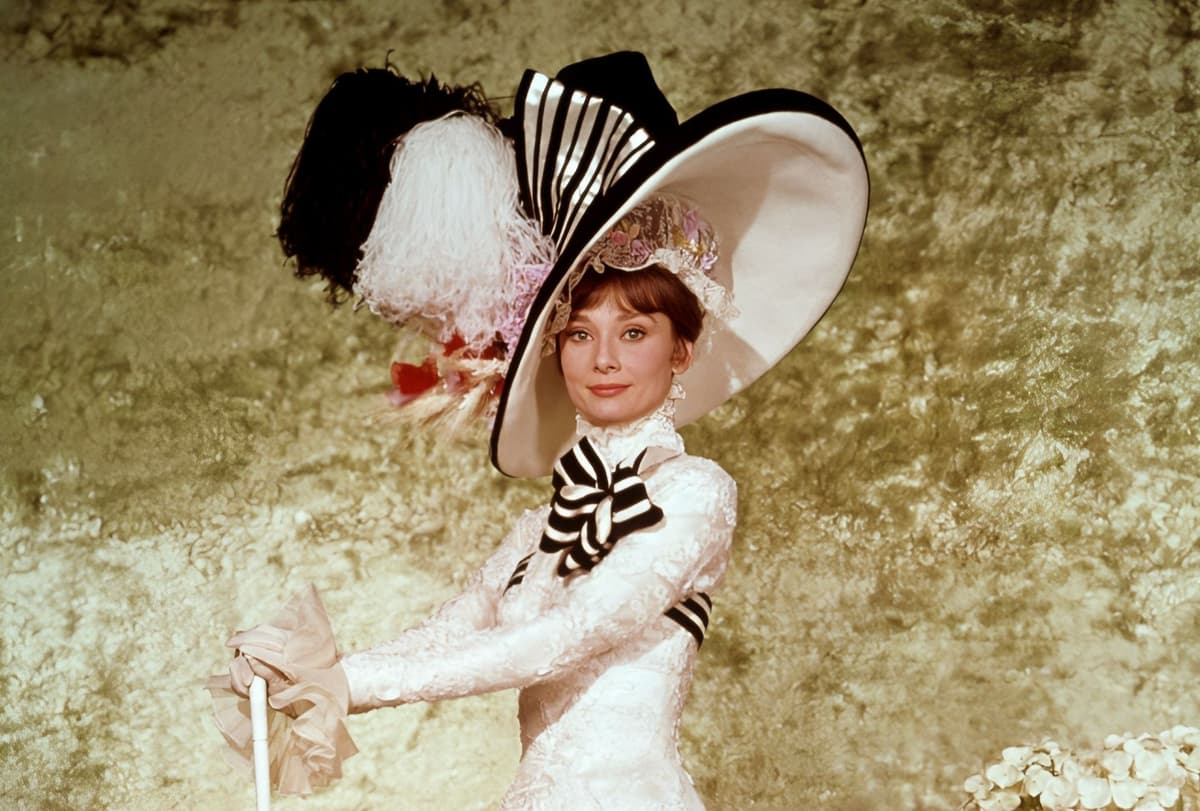Audrey Hepburn and Hollywood, Home of the Displaced
A riches to rags to riches princess who virtually starved in Nazi-occupied Holland, Hepburn witnessed the transportation of Jews to concentration camps a decade before becoming an international movie star.

‘Audrey Hepburn: An Illustrated Biography’
By Eileen Homer and Christopher Longé
Harry N. Abram’s, 320 Pages
‘Audrey Hepburn: A Life of Beautiful Uncertainty’
By Tom Santopietro
Commentary by Jeffrey Banks
Applause, 448 Pages
‘ERASED: An Actor of Color’s Journey Through the Heyday of Hollywood’
By Loo Hui Phang
Illustrated by Hughes Micol
NBM Publishing, 200 Pages
Hollywood’s erasure of the ethnicity of its own stars is epitomized by the likes of Lee J. Cobb, who played a Chinese warlord in “The Left Hand of God” after being born Leo Jacoby to Jewish parents in the Bronx; Jeff Chandler (Cochise in “Broken Arrow”), born Ira Grossel in Brooklyn also to Jewish parents, and Merle Oberon (Cathy in “Wuthering Heights”), born Estelle Merle O’Brien Thompson not in Tasmania, as she claimed, but in India.
Hollywood preferred to employ Asian and African American actors in bit parts, or as featured players carefully segregated from the main action of motion pictures.
Audrey Hepburn, born Audrey Kathleen Ruston in Brussels, raised in Britain and the Netherlands with an aristocratic mother, Baroness Elbrig Willemine Henriette van Asbeck, arrived at post-war Hollywood, home to countless displaced actors inventing new identities for themselves. Her story is a kind of counterpoint to theirs, a riches to rags to riches princess who virtually starved in Nazi-occupied Holland and witnessed the transportation of Jews to concentration camps a decade before becoming an international movie star.
Theatrical work at London resulted in a film career, including her first starring role — as a princess in “Roman Holiday” (1953). Even when playing the daughter of a chauffeur in “Sabrina” (1954), she shows her manners acquired from living on a Long Island estate. She may be a shop assistant in “Funny Face” (1957), but she has the habits of mind of an intellectual.
In short whatever the role, filmmakers wanted to take advantage of a poise and grace that has to be accounted for in every role she played.
Throughout a very successful career she remained elusive in Hollywood, set apart from the perils and clamor of the movie capital, benefiting from a privileged yet perplexed position in an industry used to entirely making over its stars, as illustrated and narrated in the two books about her under review.
Hepburn was that rare star who did not suffer the kind of obliteration that is the gravamen of “Erased.” The subtitle seems to belong to a work of nonfiction, yet its main character, Maximus Wyld, born Maximus Ohanzee Wildhorse, is not an actual person but a composite of what ought to be the ideal Hollywood confection: He is part black, Native American, and Chinese, suitable to fill all sorts of ethnic roles.
Maximus tries to resist stereotyping but has to admit that when he watches Hollywood Westerns he ends up rooting for the cowboys — that is the impact Hollywood has not only on him but on many of the black actors he meets, who convince themselves that just by being on screen they are somehow advancing the cause of their race.
Maximus is a superb dancer with a wonderful body and good looks to go with it. He refuses to play slaves or menials. The Jewish movie mogul Louis B. Mayer claims to identify with Maximus: “I WAS A FOREIGNER TOO, INVISIBLE. A POOR JEW LOOKING FOR HIS PROMISED LAND. BUT I KEPT THE FAITH. I FOUGHT LIKE A LION TO BECOME A GOOD AMERICAN AND SERVE MY COUNTRY.” He vows to make the actor the first crossover black and white star. All Maximus has to do is follow Mayer’s strict regimen, which forbids romances with white stars.
One of the best scenes in the book pictures Mayer excoriating Maximus for having an affair with Rita Hayworth, born Margarita Cansino. Mayer is pictured prostrating himself, and then on his knees lamenting that Maximus has left him undone. Maximus tries to console the grieving Mayer, who puts on an act as good as any his stars could manage.
So what happens to Maximus? How is it that this promising, multi-talented, multi-cultural star, a precursor to Sydney Poitier, Harry Belafonte, and Yul Brynner, goes awry? All I wish to say is that you will see graphically illustrated scenes not to be had in movie star biographies in a minority report that never did get on screen.
Mr. Rollyson has written biographies of Marilyn Monroe, Dana Andrews, Walter Brennan, and Ronald Colman, and is at work on “Our Eve Arden.”

